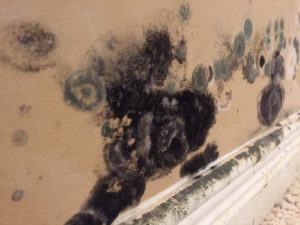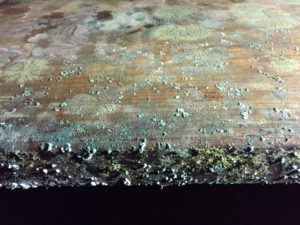Identify problem areas within the building and correct them.
-Does your basement leak or flood, is there condensation on any windows, are there visible water stains? Repair leaky pipes and dry wet areas as soon as possible.
Setting up a standard dehumidifier in a moist basement or laundry room can consistently help reduce moisture and greatly assist in the possibility of avoiding mould growth altogether.
Equip your building with mould-resistant products.
-During renovations use a mould-resistant drywall as a precaution to any possible leaks in the future.
Direct water away from your home.
-Slope the ground or pathways alongside the building away and ensure that downspouts are directed far enough away from the building. If necessary extend them.
Clean and upkeep roof gutters and downspouts.
-Keep an eye on your roof gutters especially after a rainfall or storm. Clean and even repair as necessary.
Ensure bathrooms, kitchens and dryers have proper exhaust vent fans.
-Exhaust fans should be vented to the outdoors and not to an attic or crawl space. Without good airflow and ventilation in your home or business, excess moisture can develop. Walls, windows, floors even furniture can be affected. Open doors between rooms and let in fresh air in to keep moisture at bay. Check vents in bathrooms, kitchens, dryer and attic to confirm they are working properly.
Seal grout and tiles.
–Once you’ve cleaned your grout and tiles of any current mould, you want to then seal them to prevent future growth. Unsealed grout and unfinished tiles in kitchens and bathrooms are an invitation for mould growth. If you notice your grout is staining, you may need to reseal it.


